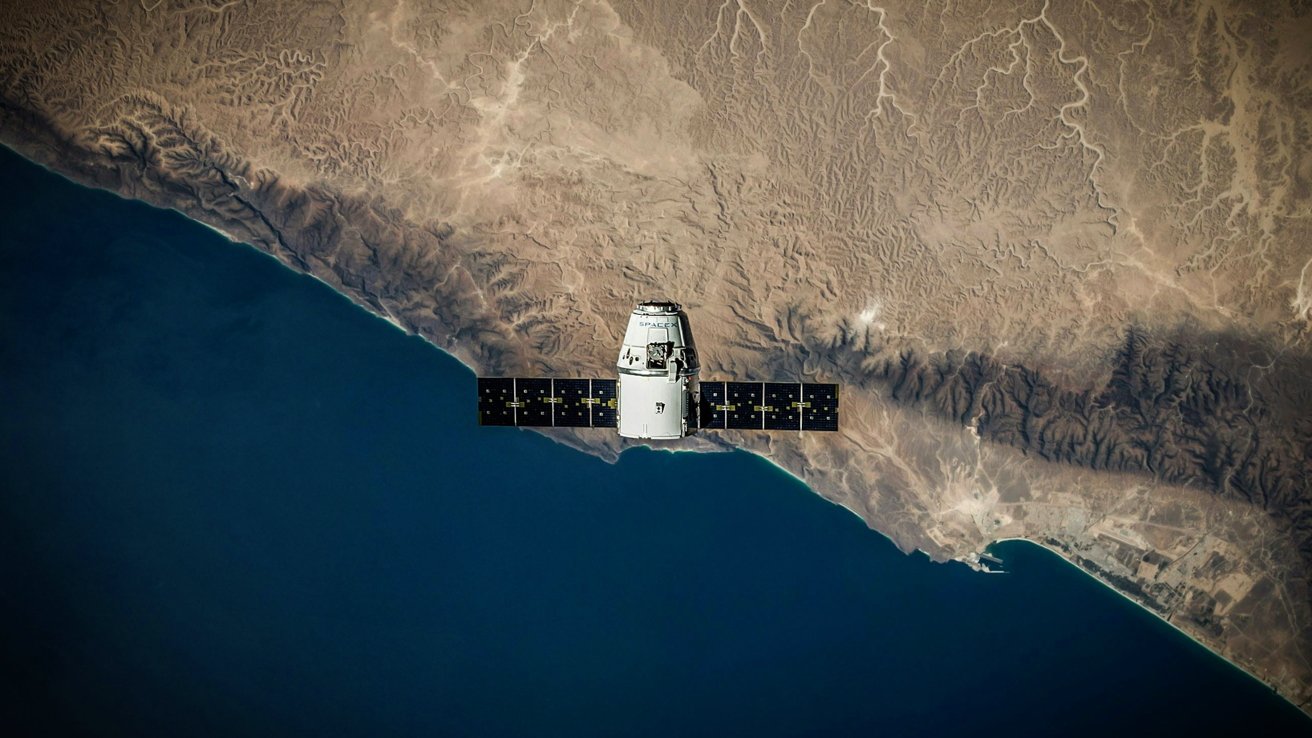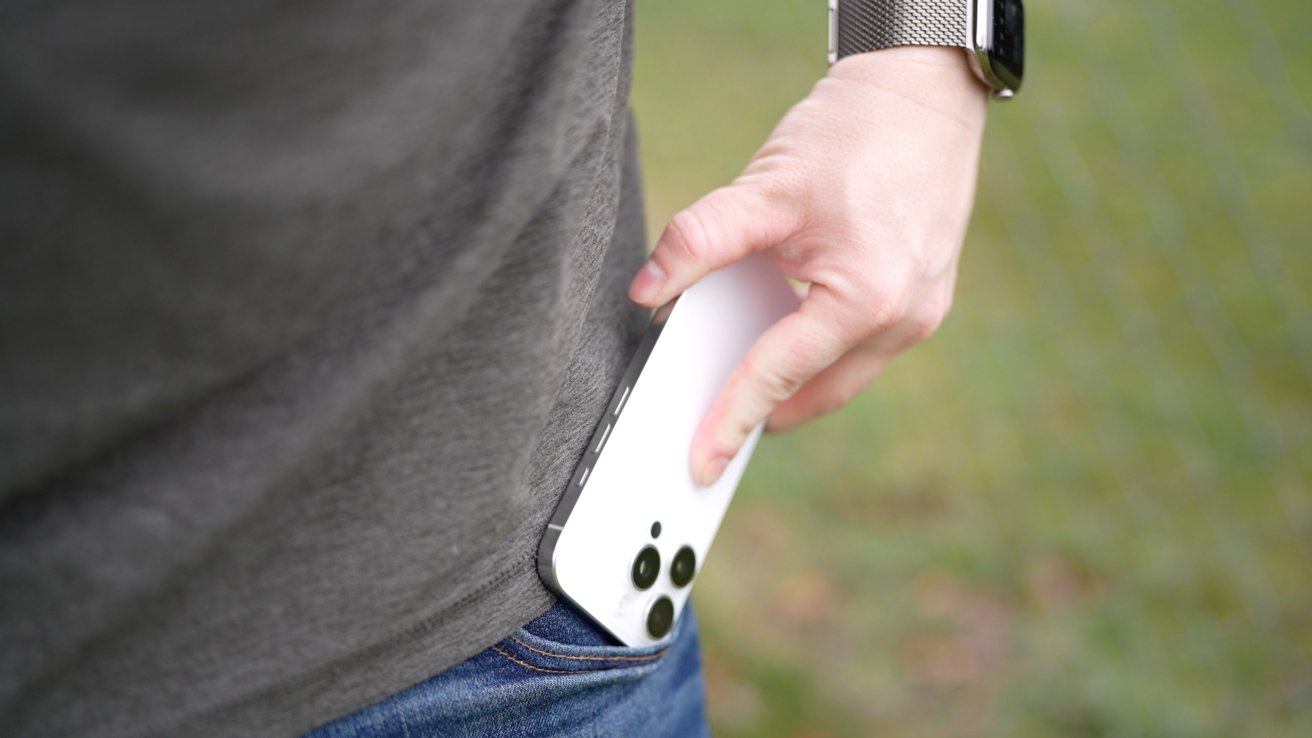Apple has not and isn’t going to partner with StarLink for iPhone connectivity, but T-Mobile has, and that’s why your iPhone can connect in a manner of speaking. Here’s how to turn it off if it bothers you.
The iOS 18.3 update contained a number of new features for iPhone users. We saw new Unity wallpapers, improvements to Visual Intelligence to recognize plants and animals, and plenty of bug fixes.
But there was one change in this update that got a fair bit of attention — support for Starlink satellites.
There has been a great deal of internet drama about it.
In short, it isn’t Apple. It’s a T-Mobile partnership, and a modem that supports what Starlink serves.
What Starlink support means for iPhone users
Satellite support works on all flavors of iPhone 14, iPhone 15, and iPhone 16. It’s been around for a few years, but specific Starlink support is new.

iOS 18.3 brought plenty of new features and fixes
Essentially, select users can rely on Starlink satellites when outside of cellular range. This is great for off the grid situations, as well as emergencies.
The satellites connect via the band 25 1900MHz spectrum, which has been supported on the iPhone for some time. The way this works differs from Apple’s existing satellite support.
Apple already offers Emergency SOS, Find My support, roadside assistance, and messages via satellite with those supported models.
These all use that satellite connectivity when outside of cell connection to send limited texts or receive assistance. It works well with a big caveat – you must be in visible range of the satellite.
Starlink versus Globalstar
Apple partnered with Globalstar for its satellite feature. Globalstar was founded, in part, by Qualcomm and is now owned 20% by Apple itself.

Satellite support is great for emergencies. Source: Pexels
Apple says you must have a clear view of the sky and the horizon to use satellite features. Plus, hlls, mountains, trees, and other foliage can interfere or slow down the data stream in both directions.
This isn’t exactly convenient, but still comes in clutch in an emergency.

Trying to connect to satellites can be tough in certain locations
Comparably, Starlink has many more satellites available than GlobalStar to connect to, and how the iPhone connects is a little different. This allows a bit more freedom when using the feature.
For example, you can leave your iPhone in your pocket or bag and still connect to the satellites to receive messages. Your iPhone automatically switches to this when you’re out of cell tower range, keeping you connected at an incredibly slow bitrate.
That’s already more convenient than the emergency-centric offerings Apple promotes.
Right now, this Starlink satellite connectivity is for sending messages, though it is reportedly set to expand to phone calls and data in the future.
Apple didn’t partner with Starlink
Let’s be perfectly clear about this:
This is a partnership between T-Mobile and Starlink. Apple did not partner with Starlink.
Apple didn’t even mention Starlink in the release notes to iOS 18.3 when the feature rolled out. It isn’t an iPhone feature. It’s a T-Mobile network feature.
It first rolled out in beta with select Samsung devices, then iPhones were eventually and surprisingly added to the list of compatible devices.

Starlink support means your iPhone can stay in your pocket and still connect, with voice and data coming in the future
That means it’s not available on all iPhones. And, it’s not even available on all compatible T-Mobile network iPhones, at least not yet.
We won’t get into the discussion on Starlink owner, Elon Musk. Whether you like him or loathe him, any iOS update brings many benefits, including security updates.

Testing satellite support with the built-in demo
While we understand people’s hesitancy to update, for fear of giving Musk access to data, the fear is unfounded. Starlink support can quickly be disabled or re-enabled in the future.
How to disable Starlink satellite support on iPhone
If your phone doesn’t have a satellite option, you won’t see this listed in your settings.
- Open the Settings app on your iPhone after updating to iOS 18.3
- Visit Cellular > T-Mobile (or other carriers if added in the future)
- Toggle satellite support to off
This isn’t a permanent kill switch. The feature is certainly no reason to stop upgrading or take the drastic step to downgrade devices. Starlink has access to the same data that any other ISP has access to, assuming the traffic goes through their domain name servers.
If it doesn’t, then they don’t know a thing. We’ll leave it to you on what makes the most sense, but at least you’re armed with all the data you need to make a sane decision.
Edit July 30, 2:22 PM TikTok and other social media creators are doing what they always do, and finding something that’s mostly irrelevant and generating ragebait content from it. We periodically edit and review pieces that are relevant — and true — to fight the grist mill.

